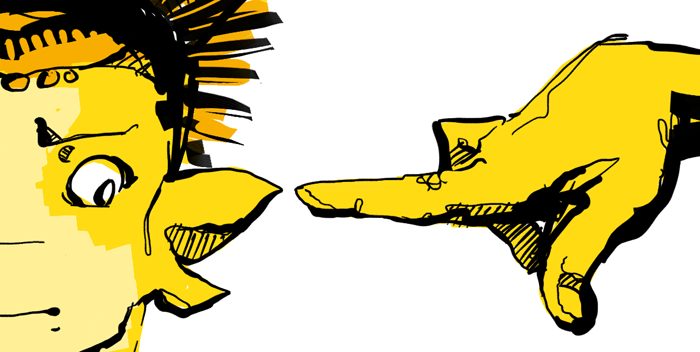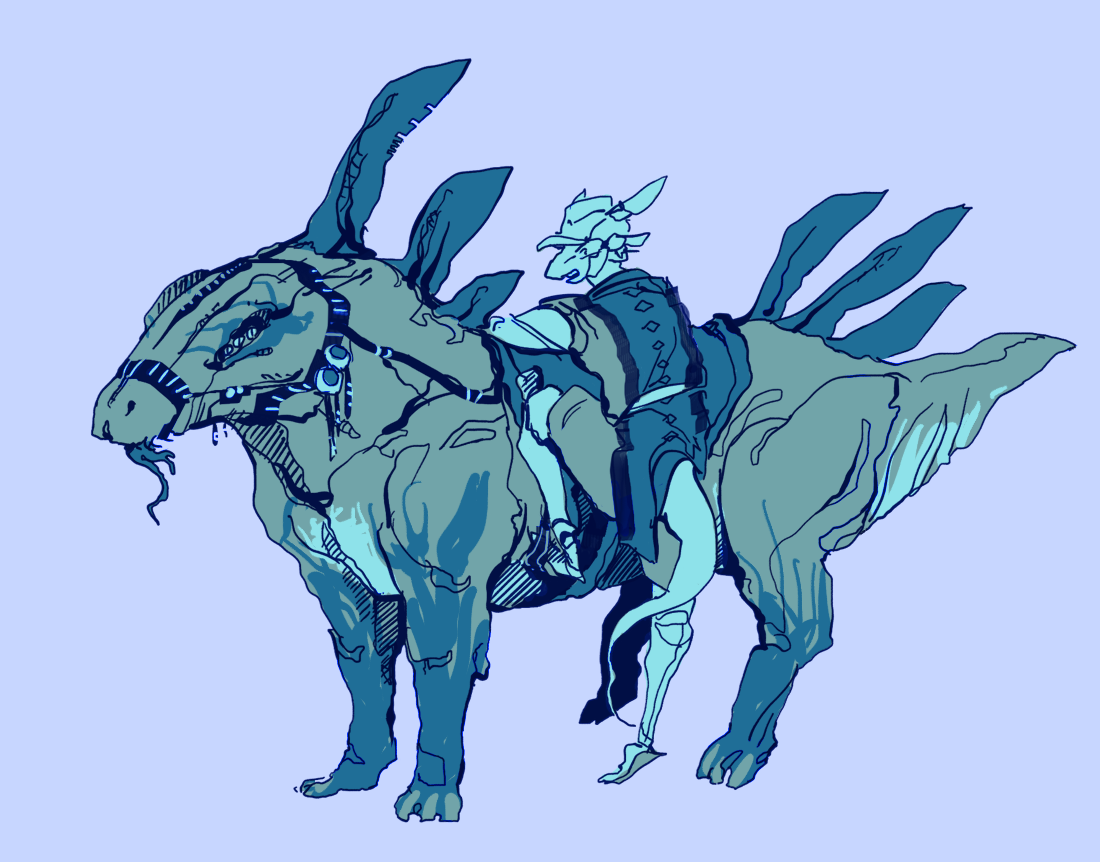“Before him stood his bride-to-be, her angelic movements captivating the grocer utterly. Body clad in gown the color of the sky, crown adorned with sleek feathers, frills with beads of gold and white, and a smile of pearl. No other man was as blessed as he.”
The Tides, Peaks, and the Plains, -6y
The frills, otherwise known as leaves or folas, are a semiflexible structure on the side of our faces. Their existence has baffled thinkers and inquirers for ages, as they seemingly have no meaningful purpose or function, unique to other body parts. They do not aid in sensory input to any amplified degree of other areas of skin, nor do they aid in balance. The body can survive their removal, though blood loss and extreme pain will result initially. They do not grow back.
No notable difference in their structure exists between the two genders. Perhaps they serve no other function than to aid in facial recognition. Two lobes with the larger on top are most common, but while the structural difference between the two genders is minimal, the number and size of the frills can vary to the extreme between people. Parents often have similar looking frills to their children in this regard, like other facial and physical features.
Many Rene inquirers believe it is a vestigial structure, one that once had a purpose back when we were as a race closer to the appearance of horses. It may have had a function similar to the antennae that horses use to sense their surroundings. Others vehemently disagree, contending that it is a protostructure, one of the first steps to ascending to a higher plane of biology, and that its purpose will be clear as more of our being advances to compliment it. Developing to higher existence is one of the theoretical methods to usurp the Cycle, though dissenters hold that this has likely been achieved and therefore irrelevant.


